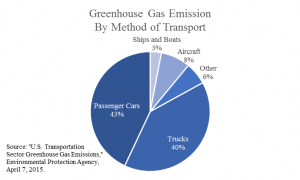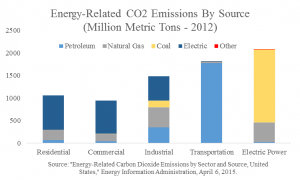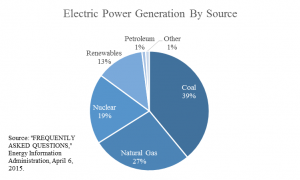On Tuesday, August 11, 2015, the Environmental Protection Agency (EPA) released an Emergency Response Statement to a massive pollutant spill in Colorado. According to the agency, EPA contractors caused the accidental breach. As a result, contaminated water flushed from the long abandoned Gold King Mine into Cement Creek, a tributary of the Animas River. The following day, EPA released another statement to explain early reports of a much smaller spill. Following efforts by the U.S. Geological Survey to measure flow rate, the volume of lead, acidic toxins, and heavy metal-laden water was determined to be over three million gallons.
Additionally disturbing was the failure of the EPA to inform the state governors of the spill. “The EPA is not communicating openly with the state of New Mexico,” said Governor Susana Martinez to Fox News. “It took them about a little less than twenty-four hours before they even told us.” In fact, she goes on to explain that it was the Southern Ute Indians that notified her office and criticized the EPA for not revealing exactly what the toxins are.
To farmers, industry, and small business the EPA has the well-established reputation of intimidation and tyrannical authority. The enforcement section of their web page offers thousands of criminal prosecutions, a majority of them settled by a guilty plea. Comparable percentages in the criminal justice system are unattainable. Simply, the justice system requires the government to prove a person guilty while EPA’s system leaves little opportunity for one to even attempt to prove themselves innocent.
For example, Washington state dairyman Roger Bajema pled guilty to permitting wastewater discharge. His plea finally came three years after EPA inspectors took a sample of soil from a drainage ditch. Mr. Bajema acknowledges the ditch had a broken rain water pipe used to move run-off from barn roofs to a holding pond. Broken pipe aside, the family believes he was “targeted”. The farmer had attended an EPA informational forum the day before the inspection. Mr. Bajema spoke, voicing his displeasure with the heavy-handed presence of the agency in his community. The following day, while he worked to repair the cracked water pipe, EPA officials arrived at his farm and began inspecting and sampling. After three years of threats of fines for up to $37,000 a day, he finally learned of the results of the samples in a highly dramatized press release.
The EPA earned a $7,500 penalty for the three-year assault on the Bajema family dairy farm. A large sum of money for a small operator, but a mere pittance to EPA coffers. In 2014 alone, under Civil Enforcement Monetary Commitments, the agency raked in $9,738,000,000 (rounded up to the nearest hundred million) in court ordered Injunctive Relief. They received another $135,000,000 (give or take) in other penalties. In addition, under Superfund Cleanup Enforcement they realized $601,000,000 (thereabouts) and another $63,000,000 in Criminal Enforcement Fines (Environmental Protection Agency [EPA], 2015). This to an agency with a 2015 enacted budget of over $8.1 billion and a workforce of over 15,000.
Still, the EPA is responsible for violating the 1972 Clean Water Act (CWA), the very law it is tasked with enforcing. According to 33 U.S.C §1251 et seq. (1972), the CWA makes it, “unlawful to discharge any pollutant from a point source into navigable waters” (EPA, 2015, para. 3). Mr. Bajema was penalized $7,500 and humiliated in his community for the charge of “potential” to pollute. As a result of the stress, he has sold the cows and closed his operation. Will the EPA suffer a similar punishment? It isn’t likely.
The superpower agency may have already begun working on a way to spin their failure. The EPA website shows the Upper Animas Mining District in Silverton, Co as a Region 8 Superfund site although not on the National Priority List (NPL). It is clear the EPA was aware of the issue for decades. However, a recent Associated Press (AP) news article blames the local community for standing in the way thus contributing to EPA’s failure to take action. This “it’s not our fault” approach to the disaster is not a defense Mr. Bajema offered.
Six days after the spill EPA Administrator Gina McCarthy stated, “It pains me to no end to see this happening”. As well, at an event in Washington D.C. she said the EPA is taking full responsibility and when pressed by a reporter said, “I am absolutely sorry this ever happened“. This may be the closest we get to an apology. It pains us all, but where is the accountability? Are we to believe the zero tolerance attitude of EPA enforcement will result in an equal penalty, punishment, and public humiliation as suffered by other offenders? Or, like the General Services Administration (GSA), Internal Revenue Service (IRS), and the Veteran’s Administration (VA) the EPA will go on and suffer no consequences.


